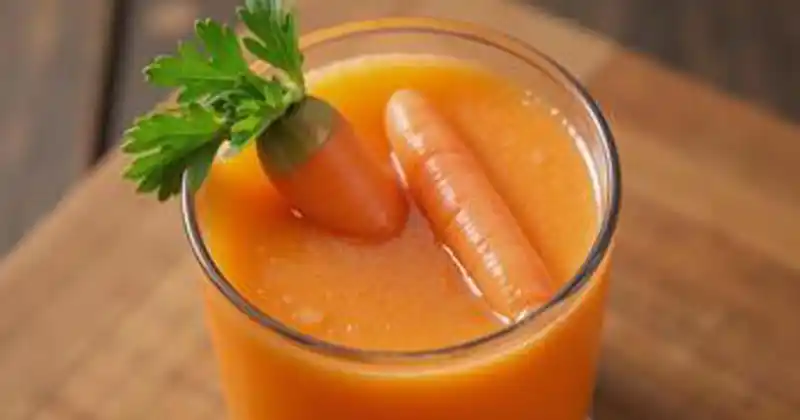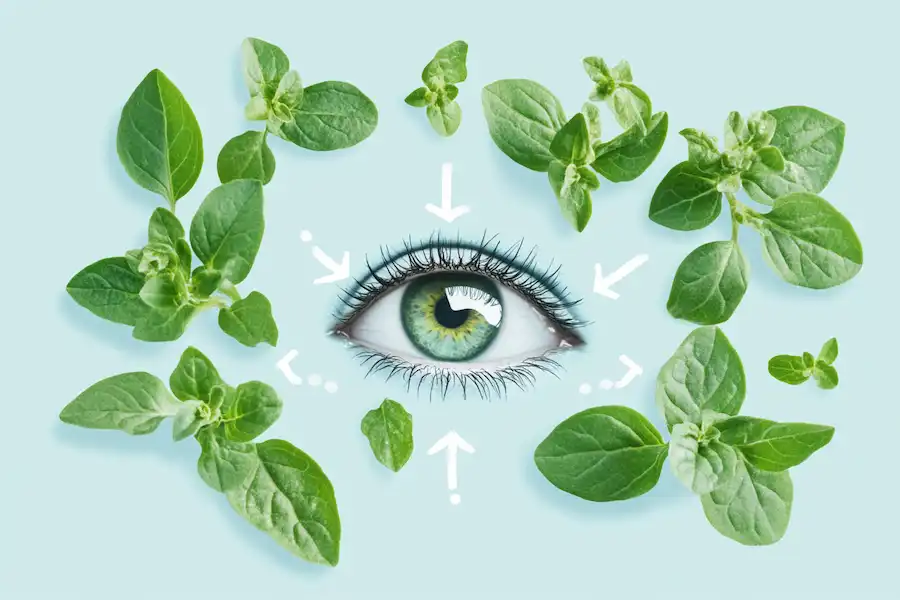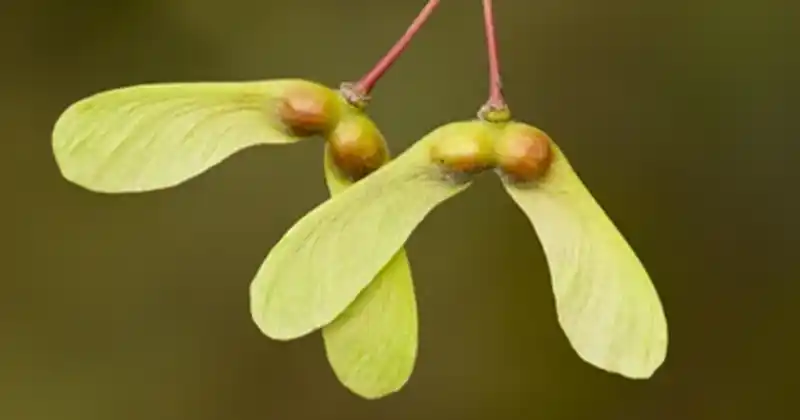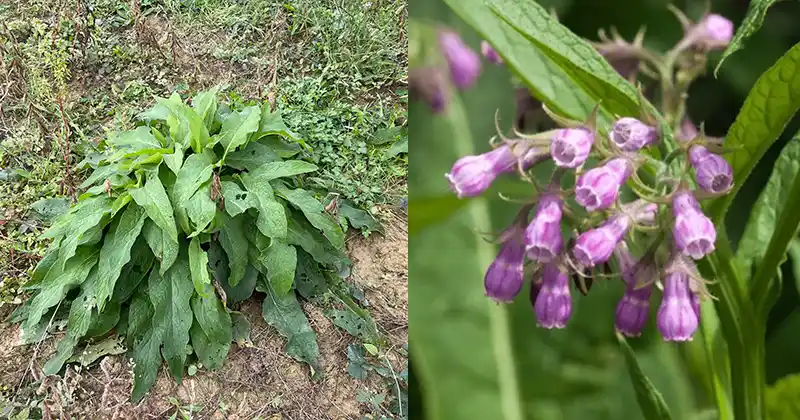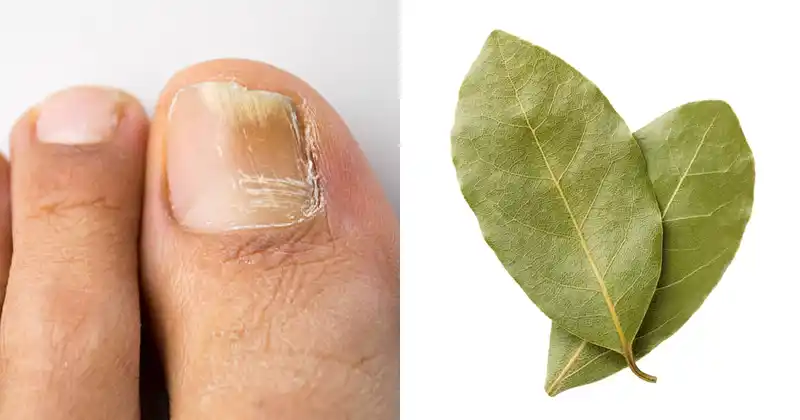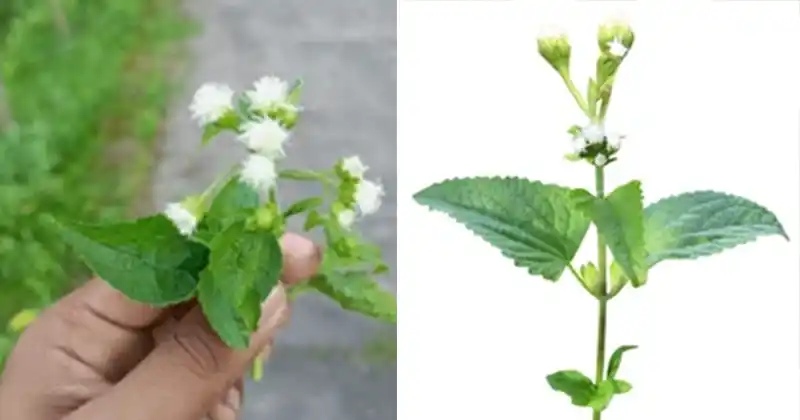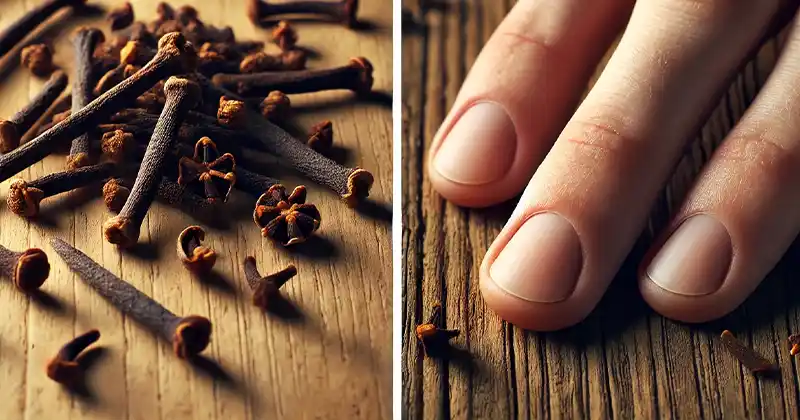Polygonum aviculare (Knotgrass): Toxic or Helpful? A Complete Guide to Benefits and Dangers
Identifying Polygonum aviculare
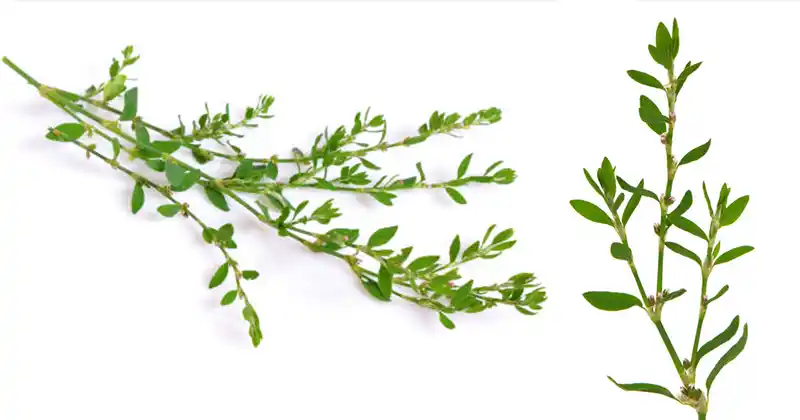
Polygonum aviculare, commonly known as Knotgrass, is a hardy, low-growing plant found in disturbed soils, roadsides, and gardens. It’s easily identifiable by its:
- Stems: Thin, wiry, and creeping, growing up to 60 cm long.
- Leaves: Small, oval, bluish-green, arranged alternately along the stem.
- Flowers: Tiny white or pink clusters at the leaf axils.
- Seeds: Small, dark, shiny seeds often clustered.
This resilient plant is widespread across urban and rural areas and thrives in harsh conditions.
Health Benefits of Knotgrass
Despite being labeled a weed, Knotgrass has been used in traditional medicine for centuries. Here are some of its notable benefits:
1. Diuretic Properties
Knotgrass promotes urine output, helping flush toxins, reduce water retention, and support kidney health.
2. Anti-Inflammatory Effects
Rich in flavonoids like quercetin, Knotgrass may reduce inflammation, benefiting those with arthritis or chronic pain.
3. Digestive Support
Its mild astringent properties can help alleviate diarrhea and soothe digestive discomfort when consumed appropriately.
4. Respiratory Aid
Herbalists have used Knotgrass to relieve respiratory issues like coughs and bronchitis, thanks to its expectorant properties.
5. Antioxidant Benefits
Knotgrass contains antioxidants that combat oxidative stress, potentially reducing the risk of chronic diseases.
6. Wound Healing
Poultices made from Knotgrass leaves may aid wound healing, reduce inflammation, and prevent infections.
For more information on plants with medicinal benefits, explore this guide on herbal teas and eye health remedies.

Risks and Toxicity of Knotgrass
While Knotgrass offers medicinal properties, it can pose health risks if not handled carefully:
1. Oxalate Content
Knotgrass is high in oxalates, which can reduce calcium absorption and increase the risk of kidney stones, especially in those prone to kidney issues.
2. Nitrate Accumulation
When grown in nitrogen-rich soils, Knotgrass can accumulate nitrates, potentially causing nitrate poisoning, which affects oxygen transport in the blood.
3. Tannins
The plant’s tannins can irritate the digestive system in large amounts and interfere with nutrient absorption, leading to deficiencies.
4. Toxicity in Animals
Knotgrass can be harmful to grazing animals and pets, particularly during drought conditions when it becomes a primary forage option.
For insights into other toxic plants, check out this article on Datura’s dangers.
Safe Usage Tips
To safely explore Knotgrass’s benefits, follow these precautions:
- Proper Preparation: Boil Knotgrass and discard the water to reduce harmful oxalates and tannins.
- Start Small: Begin with a mild tea (1–2 teaspoons of dried Knotgrass per cup of boiling water).
- Consult Experts: Seek advice from a healthcare provider or herbalist, particularly if you have kidney issues, are pregnant, or take medications.
- Avoid for Pets: Keep Knotgrass away from animals to prevent potential poisoning.
For home solutions to improve overall wellness, check out these natural remedies for labyrinthitis, tinnitus, anddizziness.

Environmental Impact
Beyond health concerns, Knotgrass can disrupt ecosystems. Its ability to thrive in compacted soils allows it to crowd out native plants, reducing biodiversity and altering habitats. Regular monitoring and removal are essential to prevent it from becoming invasive.
Disclaimer
This article is for informational purposes only and does not replace medical advice. Always consult a qualified healthcare provider or herbalist before using Knotgrass. If poisoning or adverse reactions occur, seek immediate medical attention.
Polygonum aviculare (Knotgrass) offers a mix of potential and risk. Its rich medicinal history highlights its benefits, but caution is essential due to its toxic components. By following proper preparation methods and safe usage tips, you can enjoy its advantages while avoiding harmful effects. Stay informed and handle nature’s offerings responsibly.




